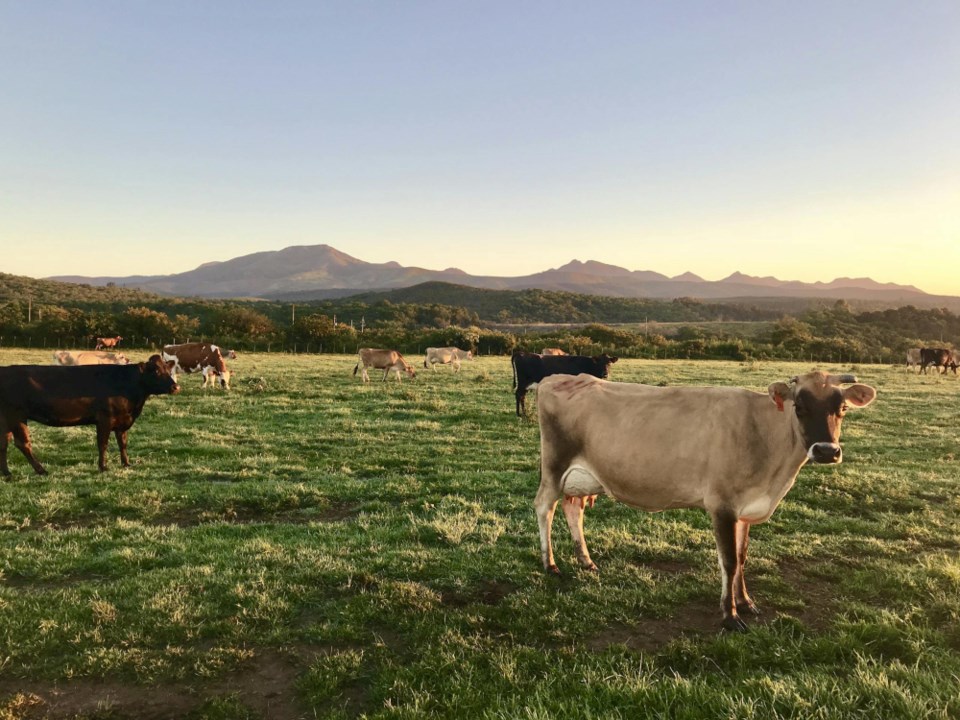The Canadian cattle herd has fallen to its lowest level in more than 30 years.
Statistics Canada reports on January 1st, there were 11.1 million cattle and calves on farms, down 2.1 percent from the previous year. That is the lowest number since 1989.
Drought conditions and tight feed supplies, along with good prices, resulted in more breeding stock going to feedlots. Canadian cattle producers held 0.7 percent fewer feeder heifers and three percent fewer calves compared with January 1st, 2023.
The flow of cattle between Canada and the United States ended up in our favor last year. StatsCan says imports of live cattle dropped nearly 26 percent to 153,400, while international exports rose 14 percent to a little over 389-thousand.
Average warm carcass weight has increased 18 percent over the past 25 years, which has helped offset the decline in beef production.
Here in Saskatchewan, there were 2-million 42-thousand head on all beef cattle operations on January 1st. That is a 3.3 percent decrease or 70-thousand decline from January 1st one year ago. It is a steeper decline of nearly 4.5 percent on cow/calf operations. There were 1-million-751-thousand head at the start of the year, down 82,500 from January 1st, 2023. Part of that can be attributed to the number of Saskatchewan farms reporting cattle and calves. On January first it was 12,835 or 275 fewer than the same time one year ago. The average number of cattle and calves per farm reporting was fairly steady at 163, down only 2 head from the previous year.
Hogs and sheep
Canadian hog producers reported 13.8 million hogs on their farms on January 1, 2024, down 1.0% from the same date one year earlier. Quebec's hog inventories declined 4.8% amid the closure of a Quebec pork plant and herd-reducing program payments, while Manitoba's inventories increased 2.4% year over year. The Saskatchewan hog population was 945-thousand, down 5-thousand from the previous year.
On January 1, Canadian inventories of sheep and lambs were down 2.2% year over year to 828,300 head. The total number of sheep and lamb were slightly lower at 146-thousand 900.
(Neil Billinger, CJWW)


